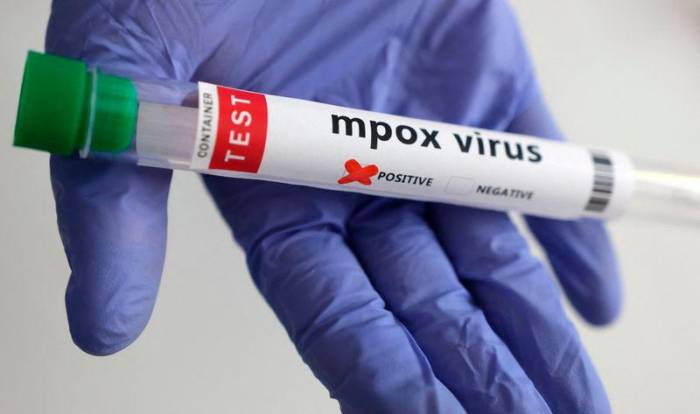On October 13, 2024 Mpox made landfall in Zimbabwe with two confirmed cases recorded, one in Harare and another in Mberengwa. The Ministry of Health and Child Care and other health authorities say they are on high-alert to contain the virus.
The Africa Centre for Disease Control and Prevention (Africa CDC) declared Mpox a Public Health Emergency of Continental Security (PHECS) on August 13, 2024 marking the first such declaration by the agency since its inception in 2017.
What is the current situation?
In Africa, there are 7,535 confirmed cumulative cases of Mpox and 32 deaths reported so far in 2024.
Preparedness and response activities by the Ministry of Health and Child Care
- M-pox preparedness and response plan is now in place and has been shared widely.
- Activation of the national and Sub National Incident Management Systems has been done.
- Training of Health Care workers on Integrated Disease Surveillance and Response (IDSR) is ongoing.
- Conducting awareness campaigns in the provinces to ensure that the community is well informed on M-pox.
- Information Education and Communication (IEC) material has been developed and is being distributed.
- Enhanced surveillance at all the Ports of entry including monitoring of travelers coming into the country.
- Enhanced community-based surveillance systems are in place.
- Identification an establishment of isolation centres throughout the country is underway.
- The Ministry will continue to update the nation through regular press briefings as the situation evolves.
What you need to know about Mpox
According to the World Health Organisation (WHO), Mpox is a viral zoonosis (a virus transmitted to humans from animals) with symptoms similar to those seen in the past in smallpox patients, although clinically less severe. It has been classified as a disease of global public health importance, as the risk has spread around the world.
Human Mpox was first identified in humans in 1970 in the Democratic Republic of the Congo in a region where smallpox had been eliminated in 1968.
The disease is usually mild, although severe illness and death can occur. Mortality rates of 3.6% for the West African variant and 10.6% for the Central African variant have been reported in endemic regions.
How does it spread?
- Through close bodily contact.
- A strain of mpox (Clade 1b) has been spreading mainly through sexual networks.
- Transmission can also occur via the placenta from mother to fetus (which can lead to congenital Mpox) or during close contact during and after birth.
The virus enters the body through:
- Broken skin (even if not visible)
- Respiratory tract
- Mucous membranes (eyes, nose or mouth)
Prevention
- Avoid close contact with infected persons or animals
- Infected animals should be isolated from other animals and placed in immediate quarantine.
- Use protective equipment when caring for suspected patients
Symptoms
Fever, headache, muscle aches, backache, swollen lymph nodes, chills and exhaustion. A rash can develop, often beginning on the face, then spreading to other parts of the body including the genitals. The rash changes and goes through different stages. Initially, it can be a fluid-filled blistering rash that resembles chickenpox or syphilis, before finally forming a scab that later falls off. Most people recover from Mpox in a few weeks without treatment.
Treatment
Currently, there is no proven treatment for Mpox. However, vaccination against smallpox was demonstrated through several observational studies to be about 85% effective in preventing Mpox.
Sources
Africa CDC
Center for Infectious Disease Research and Policy
World Health Organisation
Ministry of Health and Child Care
Related Content
Do you want to use our content? Click Here












